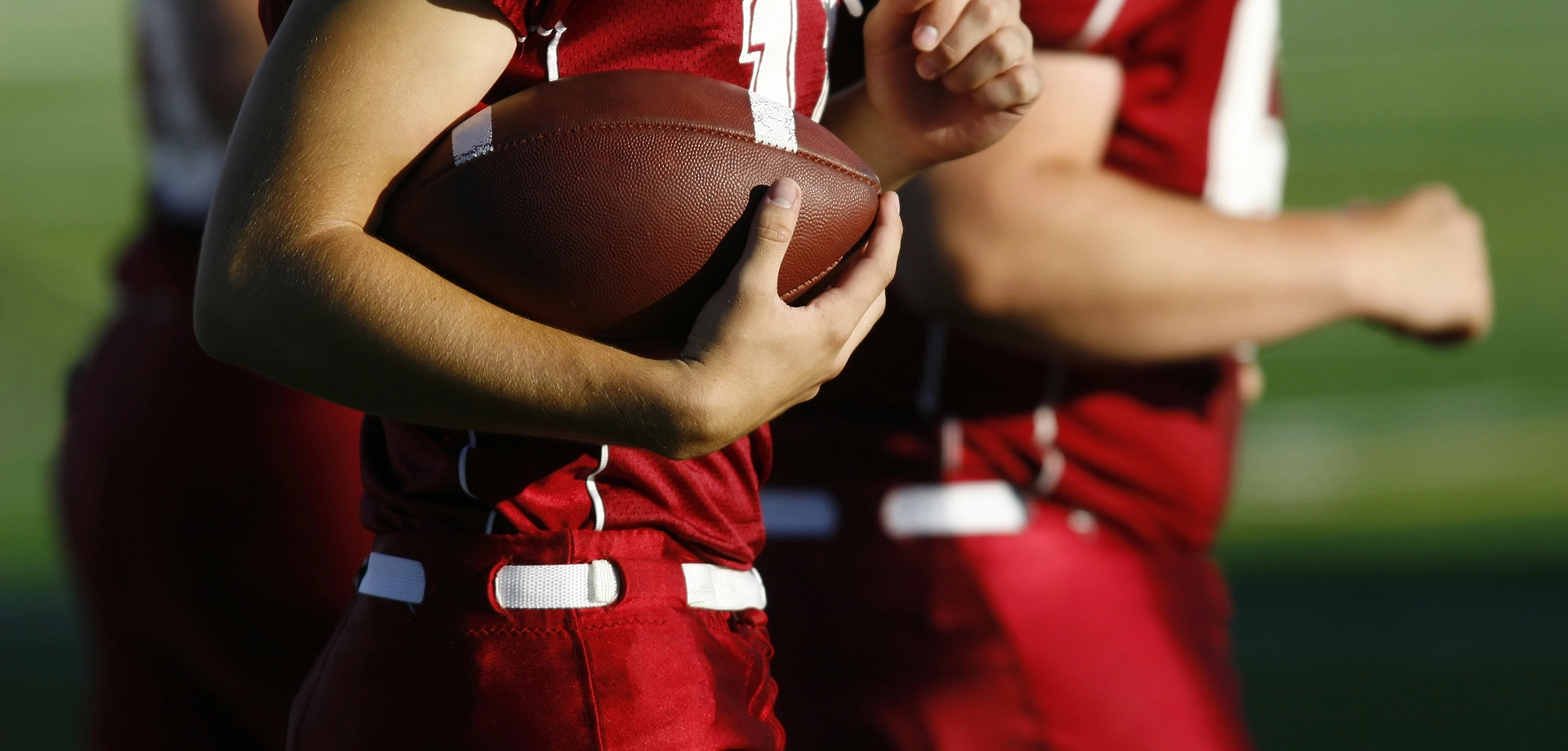Recently, the NCAA Division I Board of Directors issued guidance to schools concerning the intersection between recruiting activities and the rapidly evolving name, image, and likeness legal environment (see Bracewell’s earlier reporting here). The immediately effective guidance was in response to “NIL collectives” created by boosters to solicit potential student-athletes with lucrative name, image, and likeness deals.
In the short time since the NCAA adopted its interim NIL policy, collectives have purportedly attempted to walk the murky line between permissible NIL activity and violating the NCAA’s longstanding policy forbidding boosters from recruiting and/or providing benefits to prospective student-athletes. Already, numerous deals have been reported that implicate a number of wealthy boosters that support heavyweight Division I programs.
One booster, through two of his affiliated companies, reportedly spent $550,000 this year on deals with Miami football players.1 Another report claims that a charity started in Texas—Horns with Heart—provided at least $50,000 to every scholarship offensive lineman on the roster.2 As the competition for talent grows, the scrutiny on these blockbuster deals is intensifying.
Under the previous interim rules, the NCAA allowed athletes to pursue NIL opportunities while explicitly disallowing boosters from providing direct inducements to recruits and transfer candidates. Recently, coaches of powerhouse programs have publicly expressed their concern that the interim NIL rules have allowed boosters to offer direct inducements to athletes under the pretense of NIL collectives.3
The new NCAA guidance defines a booster as “any third-party entity that promotes an athletics program, assists with recruiting or assists with providing benefits to recruits, enrolled student-athletes or their family members.”4 This definition could now include NIL collectives created by boosters to funnel name, image and likeness deals to prospective student-athletes or enrolled student-athletes who are eligible to transfer. However, it may be difficult for the NCAA to enforce its new policy given the rapid proliferation of NIL collectives and the sometimes contradictory policies intended to govern quid pro quo NIL deals between athletes and businesses.
Carefully interpreting current NCAA guidance will be central to navigating the new legal landscape. Businesses and students alike should seek legal advice in negotiating and drafting agreements that protect the interests of both parties while carefully considering the frequently conflicting state laws and NCAA policies that govern the student’s right to publicity.
Please contact your Bracewell lawyer if you need any assistance with licensing, publication, or marketing in conjunction with collegiate athletics.
______________________________________________________
1. Jeyarajah, Shehan, NCAA Board of Directors Issues NIL Guidance to Schools Aimed at Removing Boosters from Recruiting Process, CBS Sports (May 9, 2022, 6:00 PM), https://www.cbssports.com/college-football/news/college-football-playoff-dark-horse-contenders-one-team-from-each-power-five-conference-to-watch-in-2022/.
2. Dodd, Denis, Boosters, Collectives in NCAA’s Crosshairs, But Will New NIL Policy Be Able To Navigate Choppy Waters?, CBS Sports (May 10, 2022, 12:00 PM), https://www.cbssports.com/college-football/news/ncaa-board-of-directors-issues-nil-guidance-to-schools-aimed-at-removing-boosters-from-recruiting-process/.
3. Wilson, Dave, Texas A&M Football Coach Jimbo Fisher Rips Alabama Coach Nick Saban’s NIL Accusations: ‘Some People Think They’re God,’ ESPN (May 19, 2022) https://www.espn.com/college-football/story/_/id/33945548/texas-football-coach-jimbo-fisher-rips-alabama-coach-nick-saban-nil-accusations-some-people-think-god.
4. DI Board of Directors Issues Name, Image and Likeness Guidance to Schools, NCAA (May 9, 2022, 5:21 PM), https://www.ncaa.org/news/2022/5/9/media-center-di-board-of-directors-issues-name-image-and-likeness-guidance-to-schools.aspx.

